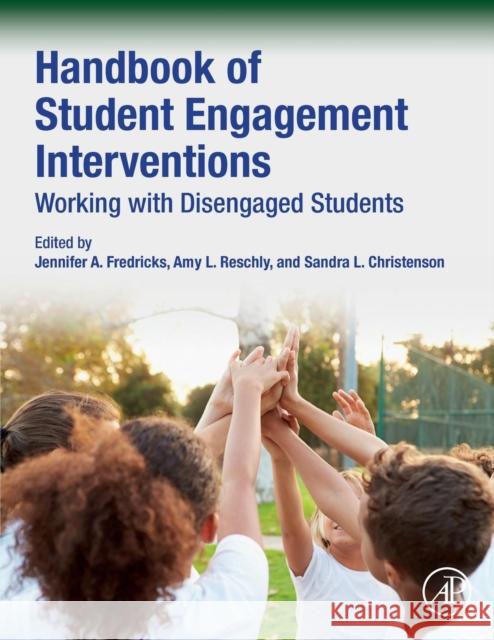Handbook of Student Engagement Interventions: Working with Disengaged Students » książka
topmenu
Handbook of Student Engagement Interventions: Working with Disengaged Students
ISBN-13: 9780128134139 / Angielski / Miękka / 2019 / 410 str.
Kategorie:
Kategorie BISAC:
Wydawca:
Academic Press
Język:
Angielski
ISBN-13:
9780128134139
Rok wydania:
2019
Ilość stron:
410
Waga:
0.94 kg
Wymiary:
27.94 x 21.59 x 2.13
Oprawa:
Miękka
Wolumenów:
01











